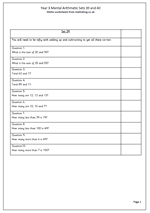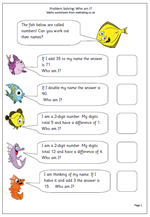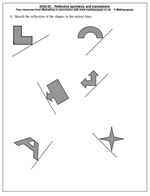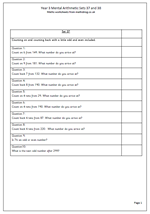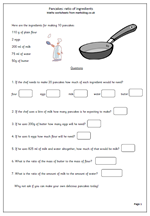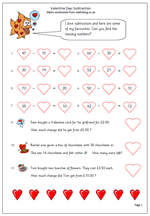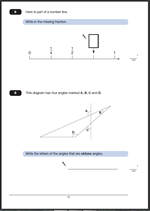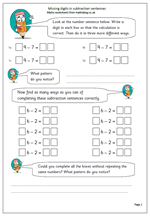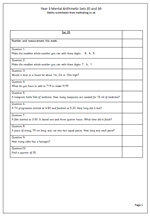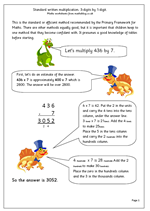 Some of our most popular resouces are to do with written methods of addition, subtraction, multiplication and division. This is just one of our worksheets that show how to use the standard or efficient method to multiply a 3-digit number by a single digit. There are other methods equally good, but it is important that children keep to one method that they become confident with. It presumes a good knowledge of tables before starting.
Some of our most popular resouces are to do with written methods of addition, subtraction, multiplication and division. This is just one of our worksheets that show how to use the standard or efficient method to multiply a 3-digit number by a single digit. There are other methods equally good, but it is important that children keep to one method that they become confident with. It presumes a good knowledge of tables before starting.
For example: 436 x 7.
First, do an estimate of the answer.
436 x 7 is approximately 400 x 7 which is 2800. The answer will be over 2800.
Then set the sum out in a vertical layout:
436
x 7
Start with the units.
6 x 7 is 42. Put the 2 in the units and carry the 4 tens into the tens column, under the answer line.
Then multiply the tens.
3 (tens) x 7 is 21(tens). Add the 4 (tens). to make 25(tens).
Place the 5 in the tens column and carry the 2 (hundreds) into the hundreds column.
Finally the hundreds.
4 (hundreds) x 7 is 28 (hundreds). Add the 2 (hundreds) to make 30 (hundreds).
Place the zero in the hundreds column and the 3 in the thousands column.
The answer is 3052.
A clearer layout of this is available on the worksheet explanation.
Further written multiplication worksheets can be found in the Year 5 and Year 6 Calculations sections.
